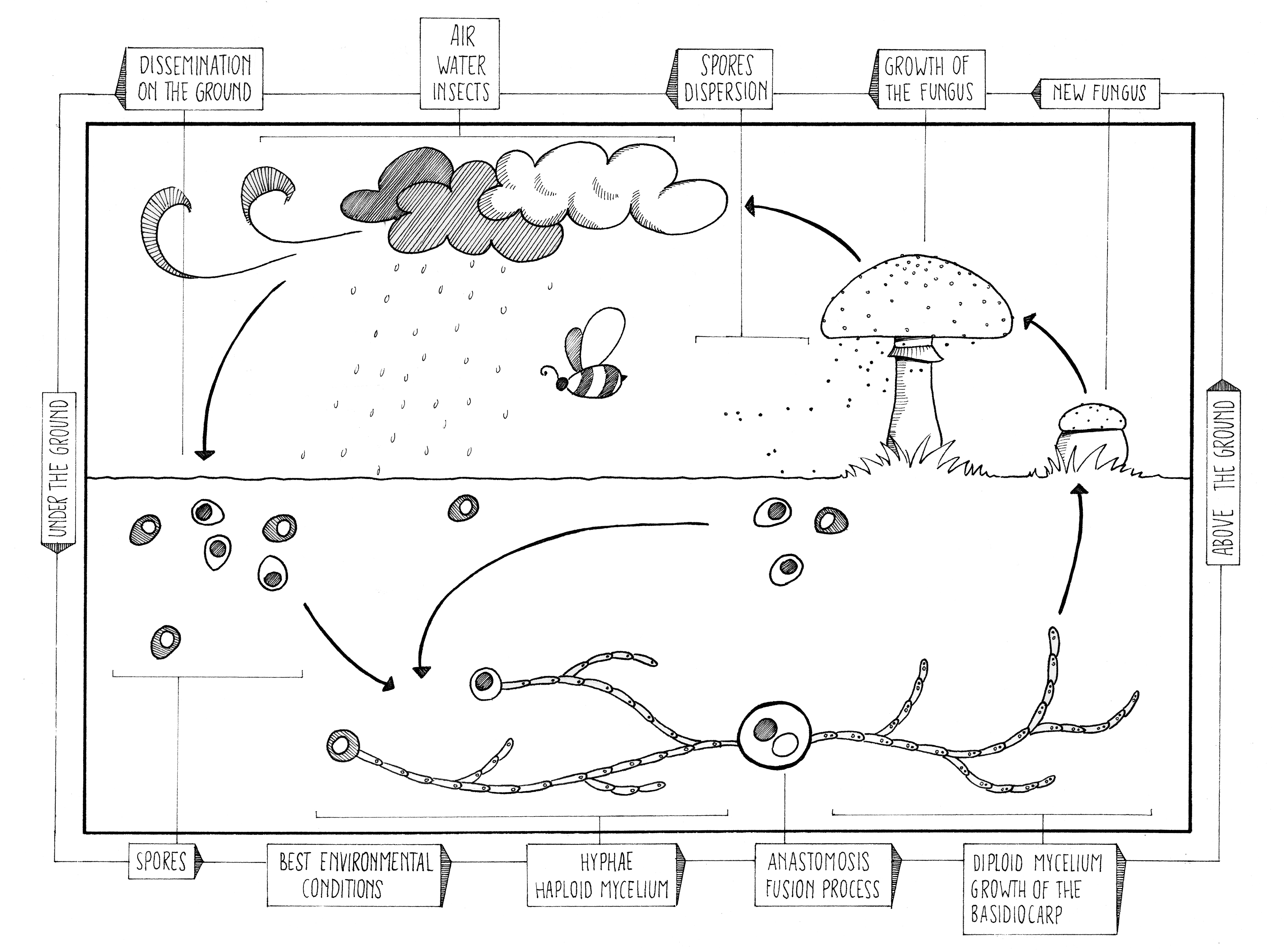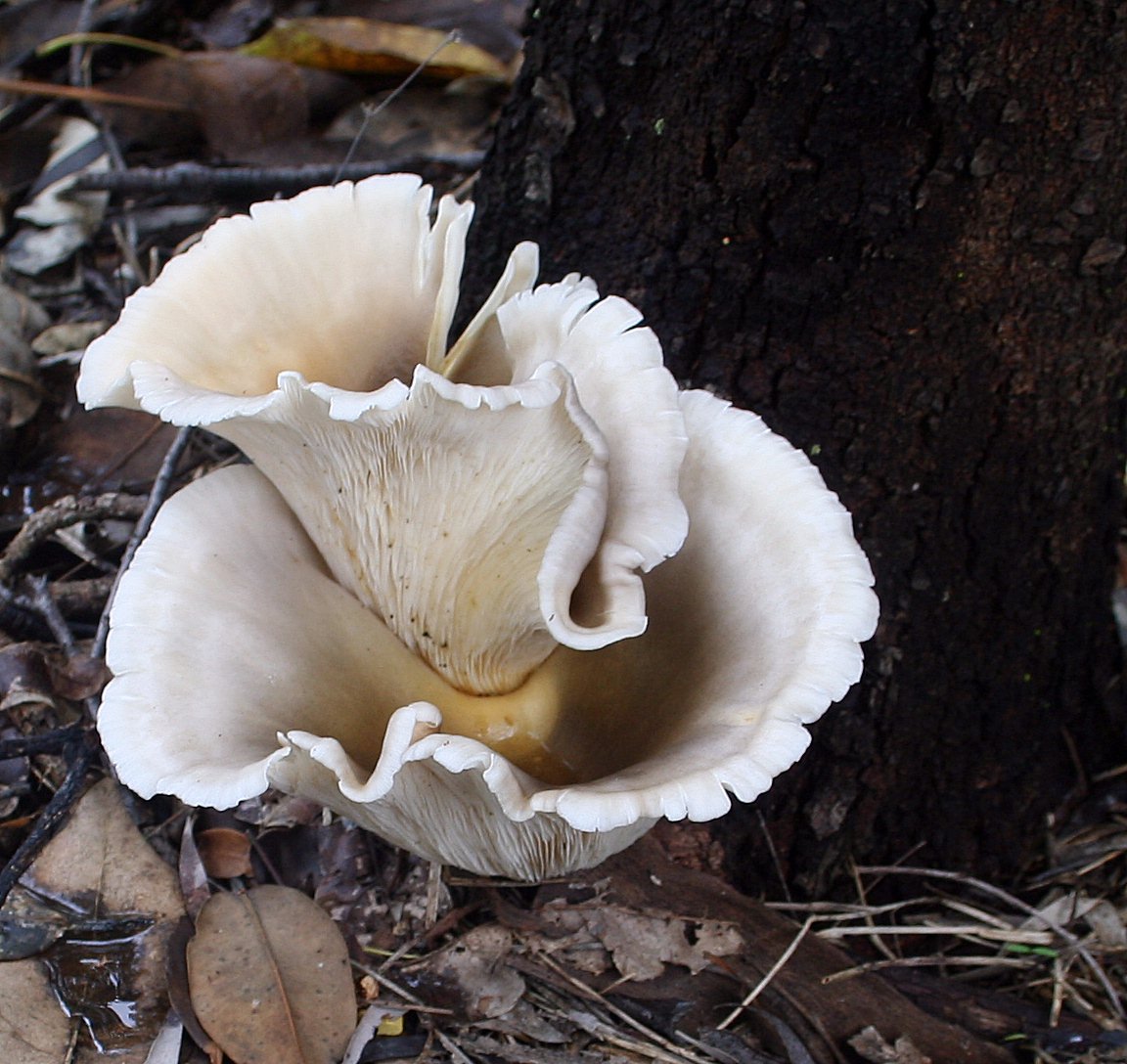|
Protoglossum
''Protoglossum'' is a genus of fungus in the family Cortinariaceae. ''Protoglossum'' was circumscribed by George Edward Massee in 1891. Taxonomy ''Protoglossum niveum'' is the only accepted species which remains in this genus with the previous 8 subsequently being reclassified as ''Cortinarius ''Cortinarius'' is a globally distributed genus of mushrooms in the family Cortinariaceae. It is suspected to be the largest genus of agarics, containing over 2,000 widespread species. A common feature among all species in the genus ''Cortinari ...'' species as a result of papers in 2002 and 2014. References External links * Cortinariaceae Agaricales genera {{Cortinariaceae-stub ... [...More Info...] [...Related Items...] OR: [Wikipedia] [Google] [Baidu] |
Protoglossum Niveum
''Protoglossum'' is a genus of fungus in the family Cortinariaceae. ''Protoglossum'' was circumscribed by George Edward Massee in 1891. Taxonomy '' Protoglossum niveum'' is the only accepted species which remains in this genus with the previous 8 subsequently being reclassified as ''Cortinarius ''Cortinarius'' is a globally distributed genus of mushrooms in the family Cortinariaceae. It is suspected to be the largest genus of agarics, containing over 2,000 widespread species. A common feature among all species in the genus ''Cortinariu ...'' species as a result of papers in 2002 and 2014. References External links * Cortinariaceae Agaricales genera {{Cortinariaceae-stub ... [...More Info...] [...Related Items...] OR: [Wikipedia] [Google] [Baidu] |
Cortinariaceae
The Cortinariaceae are a large family of gilled mushrooms found worldwide, containing over 2100 species. The family takes its name from its largest genus, the varied species of the genus ''Cortinarius''. Many genera formerly in the Cortinariaceae have been placed in various other families, including Hymenogastraceae, Inocybaceae and Bolbitiaceae. The deadly toxin orellanine has been found in at least 34 Cortinariaceae. Taxonomic details Cortinariaceae is a family of mushrooms within the Order Agaricales. The spore producing hymenium is located on the gills. The pileipellis is a cutis. The spores are brown in deposit and, in most genera in this family, the spores are ornamented. Differences in genera ''Cortinarius'' are mushrooms with warted spores, which are rusty-brown in deposit. Mushrooms in this genus have a partial veil which is a cortina. These mushrooms are terrestrial and mycorrhizal, and can range from small to large and fleshy. Edibility Despite the vast number of ... [...More Info...] [...Related Items...] OR: [Wikipedia] [Google] [Baidu] |
Fungi
A fungus (plural, : fungi or funguses) is any member of the group of Eukaryote, eukaryotic organisms that includes microorganisms such as yeasts and Mold (fungus), molds, as well as the more familiar mushrooms. These organisms are classified as a Kingdom (biology), kingdom, separately from the other eukaryotic kingdoms, which by one traditional classification include Plantae, Animalia, Protozoa, and Chromista. A characteristic that places fungi in a different kingdom from plants, bacteria, and some protists is chitin in their cell walls. Fungi, like animals, are heterotrophs; they acquire their food by absorbing dissolved molecules, typically by secreting digestive enzymes into their environment. Fungi do not photosynthesize. Growth is their means of motility, mobility, except for spores (a few of which are flagellated), which may travel through the air or water. Fungi are the principal decomposers in ecological systems. These and other differences place fungi in a single gro ... [...More Info...] [...Related Items...] OR: [Wikipedia] [Google] [Baidu] |
Basidiomycota
Basidiomycota () is one of two large divisions that, together with the Ascomycota, constitute the subkingdom Dikarya (often referred to as the "higher fungi") within the kingdom Fungi. Members are known as basidiomycetes. More specifically, Basidiomycota includes these groups: mushrooms, puffballs, stinkhorns, bracket fungi, other polypores, jelly fungi, boletes, chanterelles, earth stars, smuts, bunts, rusts, mirror yeasts, and ''Cryptococcus'', the human pathogenic yeast. Basidiomycota are filamentous fungi composed of hyphae (except for basidiomycota-yeast) and reproduce sexually via the formation of specialized club-shaped end cells called basidia that normally bear external meiospores (usually four). These specialized spores are called basidiospores. However, some Basidiomycota are obligate asexual reproducers. Basidiomycota that reproduce asexually (discussed below) can typically be recognized as members of this division by gross similarity to others, by the form ... [...More Info...] [...Related Items...] OR: [Wikipedia] [Google] [Baidu] |
Agaricomycetes
The Agaricomycetes are a class of fungi in the division Basidiomycota. The taxon is roughly identical to that defined for the Homobasidiomycetes (alternatively called holobasidiomycetes) by Hibbett & Thorn, with the inclusion of Auriculariales and Sebacinales. It includes not only mushroom-forming fungi, but also most species placed in the deprecated taxa Gasteromycetes and Homobasidiomycetes. Within the subdivision Agaricomycotina, which already excludes the smut and rust fungi, the Agaricomycetes can be further defined by the exclusion of the classes Tremellomycetes and Dacrymycetes, which are generally considered to be jelly fungi. However, a few former "jelly fungi", such as ''Auricularia'', are classified in the Agaricomycetes. According to a 2008 estimate, Agaricomycetes include 17 orders, 100 families, 1147 genera, and about 21000 species. Modern molecular phylogenetic analyses have been since used to help define several new orders in the Agaricomycetes: Amyloco ... [...More Info...] [...Related Items...] OR: [Wikipedia] [Google] [Baidu] |
Agaricales
The fungal order Agaricales, also known as gilled mushrooms (for their distinctive gills) or euagarics, contains some of the most familiar types of mushrooms. The order has 33 extant families, 413 genera, and over 13,000 described species, along with six extinct genera known only from the fossil record. They range from the ubiquitous common mushroom to the deadly destroying angel and the hallucinogenic fly agaric to the bioluminescent jack-o-lantern mushroom. History, classification and phylogeny In his three volumes of '' Systema Mycologicum'' published between 1821 and 1832, Elias Fries put almost all of the fleshy, gill-forming mushrooms in the genus '' Agaricus''. He organized the large genus into "tribes", the names of many of which still exist as common genera of today. Fries later elevated several of these tribes to generic level, but later authors—including Gillet, Karsten, Kummer, Quélet, and Staude—made most of the changes. Fries based his classifica ... [...More Info...] [...Related Items...] OR: [Wikipedia] [Google] [Baidu] |
George Edward Massee
George Edward Massee (20 December 1845 – 16 February 1917) was an English mycologist, plant pathologist, and botanist. Background and education George Massee was born in Scampston, East Riding of Yorkshire, the son of a farmer. He was educated at York School of Art and claimed to have attended Downing College, Cambridge, though no record exists of him in the University or College Records. South America and the Foreign Legion Massee had an early interest in natural history, publishing an article on British woodpeckers at the age of 16 and compiling a portfolio of botanical paintings. Through the influence of Richard Spruce, a family relative, he was able to travel on a botanical expedition to Panama and Ecuador, where, despite considerable hardships, he collected orchids and other plants. On his return, Massee joined the French Foreign Legion, hoping to see combat in the Franco-Prussian War, but, the war being almost over, he was prevailed upon to return home to the farm. H ... [...More Info...] [...Related Items...] OR: [Wikipedia] [Google] [Baidu] |
Genus
Genus ( plural genera ) is a taxonomic rank used in the biological classification of living and fossil organisms as well as viruses. In the hierarchy of biological classification, genus comes above species and below family. In binomial nomenclature, the genus name forms the first part of the binomial species name for each species within the genus. :E.g. '' Panthera leo'' (lion) and '' Panthera onca'' (jaguar) are two species within the genus ''Panthera''. ''Panthera'' is a genus within the family Felidae. The composition of a genus is determined by taxonomists. The standards for genus classification are not strictly codified, so different authorities often produce different classifications for genera. There are some general practices used, however, including the idea that a newly defined genus should fulfill these three criteria to be descriptively useful: # monophyly – all descendants of an ancestral taxon are grouped together (i.e. phylogenetic analysis should c ... [...More Info...] [...Related Items...] OR: [Wikipedia] [Google] [Baidu] |
Fungus
A fungus (plural, : fungi or funguses) is any member of the group of Eukaryote, eukaryotic organisms that includes microorganisms such as yeasts and Mold (fungus), molds, as well as the more familiar mushrooms. These organisms are classified as a Kingdom (biology), kingdom, separately from the other eukaryotic kingdoms, which by one traditional classification include Plantae, Animalia, Protozoa, and Chromista. A characteristic that places fungi in a different kingdom from plants, bacteria, and some protists is chitin in their cell walls. Fungi, like animals, are heterotrophs; they acquire their food by absorbing dissolved molecules, typically by secreting digestive enzymes into their environment. Fungi do not photosynthesize. Growth is their means of motility, mobility, except for spores (a few of which are flagellated), which may travel through the air or water. Fungi are the principal decomposers in ecological systems. These and other differences place fungi in a single gro ... [...More Info...] [...Related Items...] OR: [Wikipedia] [Google] [Baidu] |
Cortinarius
''Cortinarius'' is a globally distributed genus of mushrooms in the family Cortinariaceae. It is suspected to be the largest genus of agarics, containing over 2,000 widespread species. A common feature among all species in the genus ''Cortinarius'' is that young specimens have a cortina (veil) between the cap and the stem, hence the name, meaning ''curtained''. Most of the fibres of the cortina are ephemeral and will leave no trace once gone, except for limited remnants on the stem or cap edge in some species. All have a rusty brown spore print. The common names cortinar and webcap refer to members of the genus. Due to dangerous toxicity of several species (such as '' Cortinarius orellanus'') and the fact that it is difficult to distinguish between various species of the genus, non-expert consumption of mushrooms from the genus is discouraged. Distinguishing features The veil protects the gills in younger specimens and usually disappears leaving little to no trace of itself as t ... [...More Info...] [...Related Items...] OR: [Wikipedia] [Google] [Baidu] |





